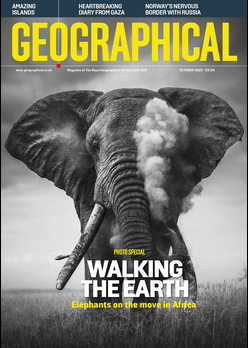
Luís Quinta-Murci’s latest book on how studying DNA can paint a fascinating picture of human history across the globe
By Geordie Torr
Our DNA isn’t just an instruction manual for building and running our bodies, it’s also a history book. And in recent decades, rapid advances in technology have enabled us to begin to read both of those tomes in increasing detail. By analysing the genomes of people from all over the world and comparing them to those of others, we can learn a surprising amount of detail about how our bodies work and about the history of the human race, including where we came from – both figuratively and literally.
This newfound ability to unravel our genetic heritage has profound implications for fields ranging from medicine to anthropology, offering insights into disease susceptibility and human migration patterns.
Known as population genetics, this practice has shed light on early human evolution – where and when it took place – and the ensuing migrations that led to the settlement of the different continents, right the way down to the probable routes that were taken. It has also revealed that as modern humans, Homo sapiens, spread around the globe, they sometimes interbred with the existing inhabitants – Neanderthals and Denisovans – in the process acquiring useful
new characteristics, such as the ability to live at high altitude and withstand cold temperatures.
Professor Luís Quinta-Murci, the chair of human genomics and evolution at the Collège de France in Paris, has written a fascinating introduction to the world of population genetics. After an admirably clear primer on the underlying science, he embarks on a tour of the many insights that it has provided.
As well as the aforementioned details of our origins and early migrations, he delves into the origins of a range of human adaptations, such as the ability to digest milk, changes in skin pigmentation to protect against sun damage, and the interaction between our genetic heritage and our defences against disease or lack thereof – such as the fact that the presence of a particular chunk of Neanderthal DNA in a person’s genome significantly increases the odds of developing a serious form of Covid-19.
But it’s not just about looking back, it’s also about looking forward, to a future in which population genetics provides the key to health care that’s minutely tailored to the individual.




